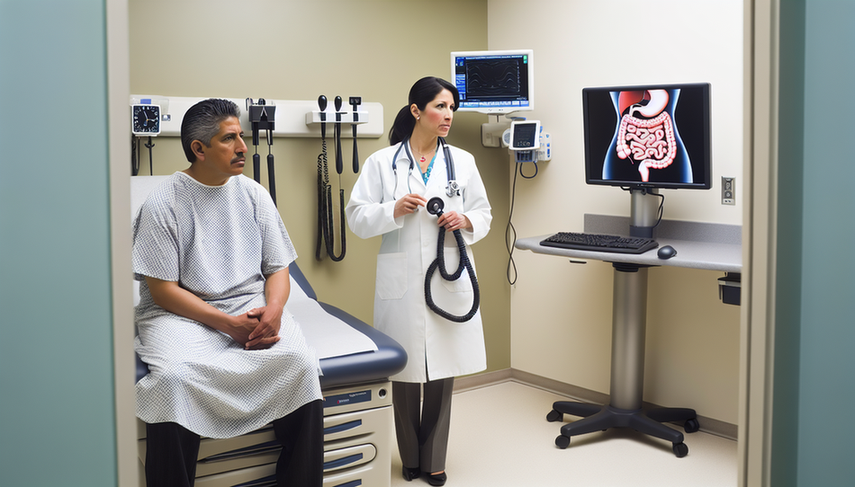Early Signs of Anal Cancer: Recognizing Symptoms and the Role of Anoscopy in Diagnosis

Anal cancer is a rare but increasingly prevalent disease, particularly among high-risk groups. Early detection is crucial for improving clinical outcomes and reducing mortality. Recognizing the early signs and utilizing appropriate diagnostic tools, such as anoscopy, are fundamental steps in managing this disease.
Recognizing Early Signs
The early signs of anal cancer can be subtle and are often confused with other anorectal conditions. The most common symptoms include rectal bleeding, anal pain, and changes in bowel habits. It is essential for physicians to maintain a high index of suspicion, especially in patients with HPV risk factors, such as those with HIV infection, men who have sex with men, and solid organ transplant recipients [1].
Anoscopy is a valuable tool for detecting precancerous lesions. High-resolution anoscopy (HRA) is considered the gold standard for identifying anal intraepithelial neoplasia (AIN) and high-grade squamous intraepithelial lesions (HSIL) [2]. However, the availability of trained providers to perform HRA is limited, posing a challenge for the implementation of screening programs [3].
Conclusions
Anal cancer is a disease that requires specialized medical attention for early detection and proper management. Identifying early signs and utilizing anoscopy are essential for improving clinical outcomes. As the incidence of this disease continues to rise, it is crucial for physicians to be informed about best practices for screening and managing at-risk patients. The implementation of targeted screening programs and increasing the availability of HRA are necessary steps to advance the prevention of anal cancer [4].
References
- [1] International Anal Neoplasia Society's consensus guidelines for anal cancer screening.
- [2] The importance of anal cancer screening and high-resolution anoscopy to gastroenterology practice.
- [3] Anal Cancer Screening and Prevention-A New Era, Limited by Access to High-Resolution Anoscopy.
- [4] Screening for precancerous anal lesions linked to human papillomaviruses: French recommendations for clinical practice.
Created 13/1/2025
